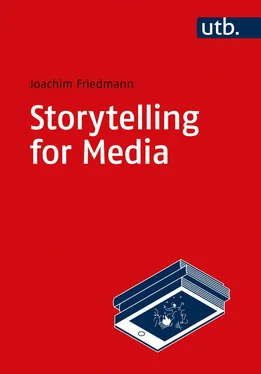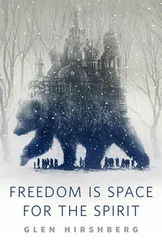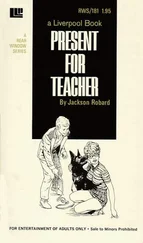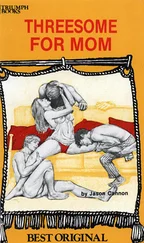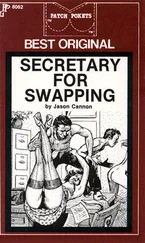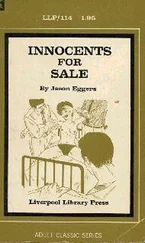Lotman’s model not only serves to analyze mythological plots but can also be applied to the study of modern literature, such as Thomas Mann’s novella Death in Venice , where the spaces Munich and Venice are semanticized by opposition couples such as home vs. abroad, land vs. the sea, hetero- vs. homosexuality. Crossing the border from Germany to Italy, Gustav von Aschenbach flees from the repressive bourgeois world in which he is forced to suppress his homosexuality. In Venice, he finds his sexual identity, but has to pay for this border crossing with his life.
The model is not only applicable to verbally conveyed narratives, but the semantics of space and the associated transgressions of boundaries can also, in principle, be depicted in all media. Although most of the film Titanic is set on the ship of the same name, semantic spaces can also be found here, including the boundary crossed by the main characters. The ship is divided into upper and lower decks, on which the members of the respective social classes travel, according to the topological classifications of the upper and lower classes. Jack, a penniless artist from the lower deck, meets Rose, a young woman from the upper class, while she is trying to kill herself. He prevents her from committing suicide and is invited to a dinner on the upper deck, thus crossing the semantic social border. He asserts himself in the upper ballroom during dinner and wins the dining party’s sympathy, although Ruth, Rose’s mother, challenges him with mocking remarks. Thus, Jack also proves that he is a real archetypal hero, a “master of the two worlds” (212–220) in the sense of Campbell because the hero of the monomyth can move in both rooms. But now it’s up to Rose to discover her potential as a hero. Jack invites her to a party on the lower deck. She sneaks out to the party, overcoming the topographical border, and then she goes, against convention, to the lower deck, and thereby also crosses a social border because as a member of the upper class she is not allowed to join the lower social classes. And she crosses another border as she celebrates on the lower deck because wild, exuberant dancing to bagpipes and fiddles is no suitable pastime for a girl from the upper class, which is made clear by a parallel-cut to the stiff, high-society activities happening on the upper deck. Rose also becomes a master of the two worlds when she impresses the party society on the lower deck with a dance routine and reaps applause for it. The Titanic is divided into top and bottom as described in Lotman’s model, with the semantic attributions of rich vs. poor, drive suppression vs. joy of life, and thus, also, reason vs. love. Rose loves Jack but is pressured to marry the wealthy Cal, because, as we learn in the course of the story, the father has left the family in debt.
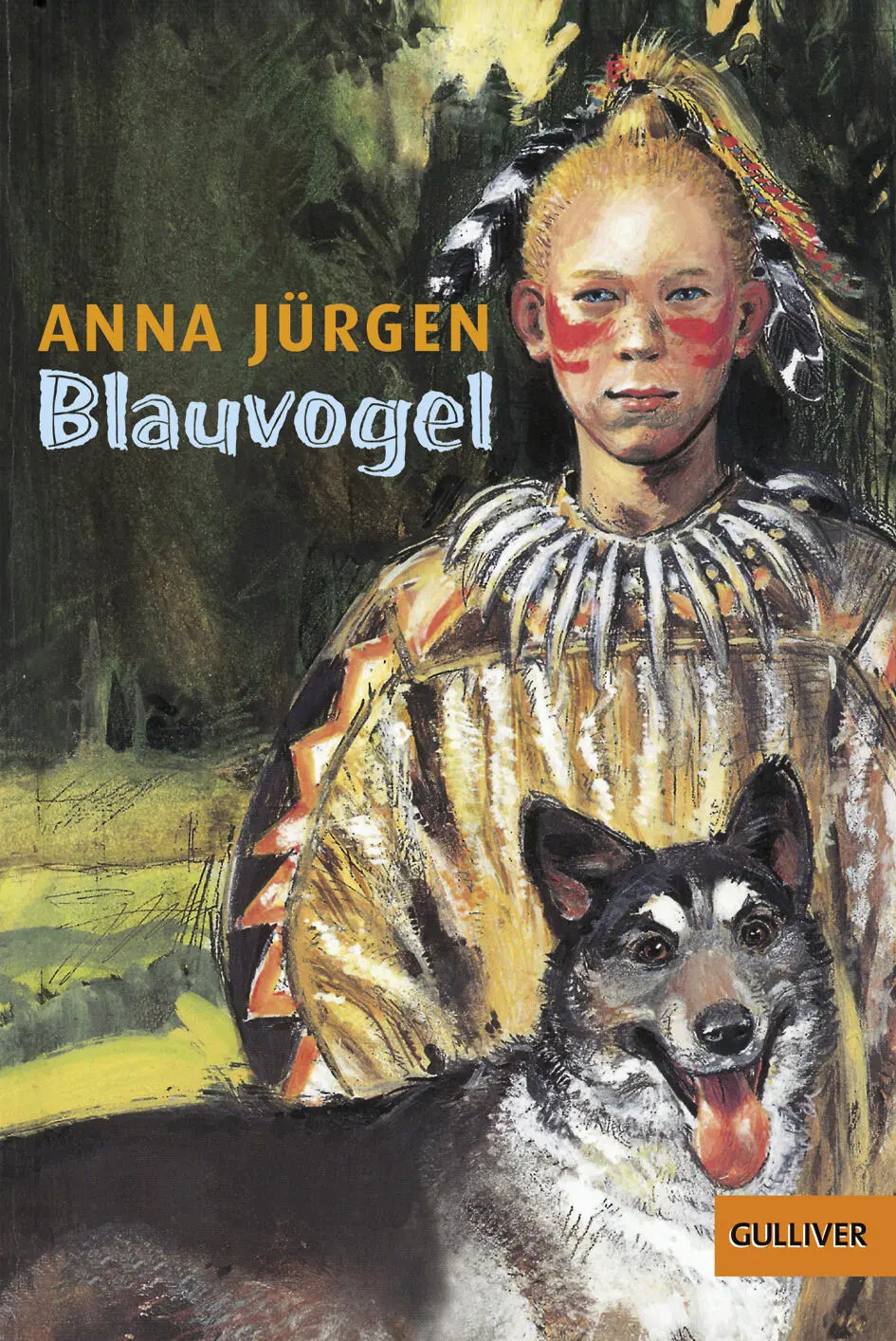
The cover illustration of the novel Blauvogel : Georg Foster, descended of a white family, is now a member of the Iroquois Native American tribe. Courtesy of Verlagsgruppe Beltz.
Even in interactive media, corresponding design strategies are demonstrable. Lara Croft, the protagonist of the Tomb Raider games, is battle-tested, but at the same time a scientist, and thus a representative of rationality and civilization. Accordingly, she begins her first adventure in a luxury hotel, the Hotel Imperial in Calcutta. Soon after, we find her in a new semantic space and she has to fight her way through an inhospitable Andean landscape with towering mountains. In contrast to the narrow hotel space, the new topography is a wide mountain landscape, untouched by human civilization, highlighting the sense of oppositions of low vs. high, narrow vs. wide, and culture vs. nature. At the end of her journey through the Andes, the protagonist finds herself in front of a huge gate decorated with Aztec signs – the entrance to the ancient, ruined City of Vilcabamba. When Lara passes through the gate, she, the hero, crosses the threshold to the world of adventure in the sense of crossing the border, and thus begins the actual game in which the player can participate interactively – analogous to the movement Campbell suggests for the monomyth in which the main character crosses the border from ordinary to the magical world.
In the examples given above, it becomes clear that the consequences of a border crossing, even if it takes place, may differ: the hero can also fail in crossing the border or pay for it with his life, as Gustav von Aschenbach does. In Titanic , Jack also has to die, but thanks to him, Rose learns what she really wants and does not return to her old world but begins a new, self-determined life as an artist, using Jack’s last name. Her border crossing is successful and final.
In contrast, narratives in which the crossing of borders is reversed are also conceivable. In the 1950 western Broken Arrow , white adventurer Tom Jeffords crosses the border between the settlers’ land and the Native Americans’ and goes to an Apache tribe to negotiate peace with Chief Cochise. He gains the respect and friendship of the natives and finally marries Sonseeahray, the shaman of the tribe. When she is shot by a white man, however, Jeffords returns to his own settler world. The crossing of the border is reversed, probably also in consideration of the taste of the American public of that time. Anna Jürgen’s novel Blauvogel (Blue Bird), which was published in the GDR in the same year, describes a different movement. Nine-year-old Georg Ruster, a son of white settlers, is kidnapped and adopted by indigenous people. After having great difficulty getting used to life with the natives, he finally becomes a respected and beloved member of the tribe, taking his new Native name, Bluebird. When, under pressure from the white military, he is forced to leave the tribe and return to his old family, he finds himself alienated from his previous life and flees back to the indigenous tribe. His crossing of the border is therefore final. Stories that describe a constant crossing of borders and the associated transformation are also called revolutionary in narrative science. Texts that describe a failed border crossing such as in Death in Venice or a reversed border crossing as in Broken Arrow often confirm the status quo of a given order and are called restitutive.
|
EXERCISE: |
|
Try to describe the oppositional concepts and spaces in your favorite narratives. Which borders are crossed, which semantical concepts are represented? |
3.2 Other Options for Spatial Semantization
Lotman’s model is convincing in the practical design of narratives through its clear, comprehensible logic and simplicity. But at the same time, it can be overly reductive. For example, one has to ask whether there are always only two spaces represented in narrative reality. Authors from migrant cultures such as Hanif Kureishi or Zadie Smith thus consciously introduce further (intermediate) spaces, “contact zones” and “third spaces,” into postcolonial literature. Lotman, too, expanded his approach and introduced the concept of sub-semiospheres, through which, in turn, new spaces of meaning can be opened up.
In this respect, it must be examined to what extent Lotman’s considerations can also be meaningfully extended in practical application. It can be shown by some examples that a semantization of space cannot only be described in a topographical or topological dimension. If one examines the spatial design in The Lord of the Rings , for example, color semantization catches the eye. Spaces in which green dominates, such as The Shire or Lothlórien, have positive connotations, while in Mordor, the realm of evil, black dominates. In the Elvish language Sindarin, “Mordor” literally means “Black Land.” One could even interpret a phonetic-semantic design in the setting names. Thus, the vowels “o” and “u” obviously stand for the evil, black side. The refuge of the evil adversary Sauron, after his first defeat, is called Dol Guldur. Then he conquers the kingdom of Mordor, whose largest region is called Núrn and whose highest mountain rises on the Gorgoroth plateau. After the city of Minas Ithil is conquered by the evil Nazgûl, it is renamed Minas Morgul.
Читать дальше
